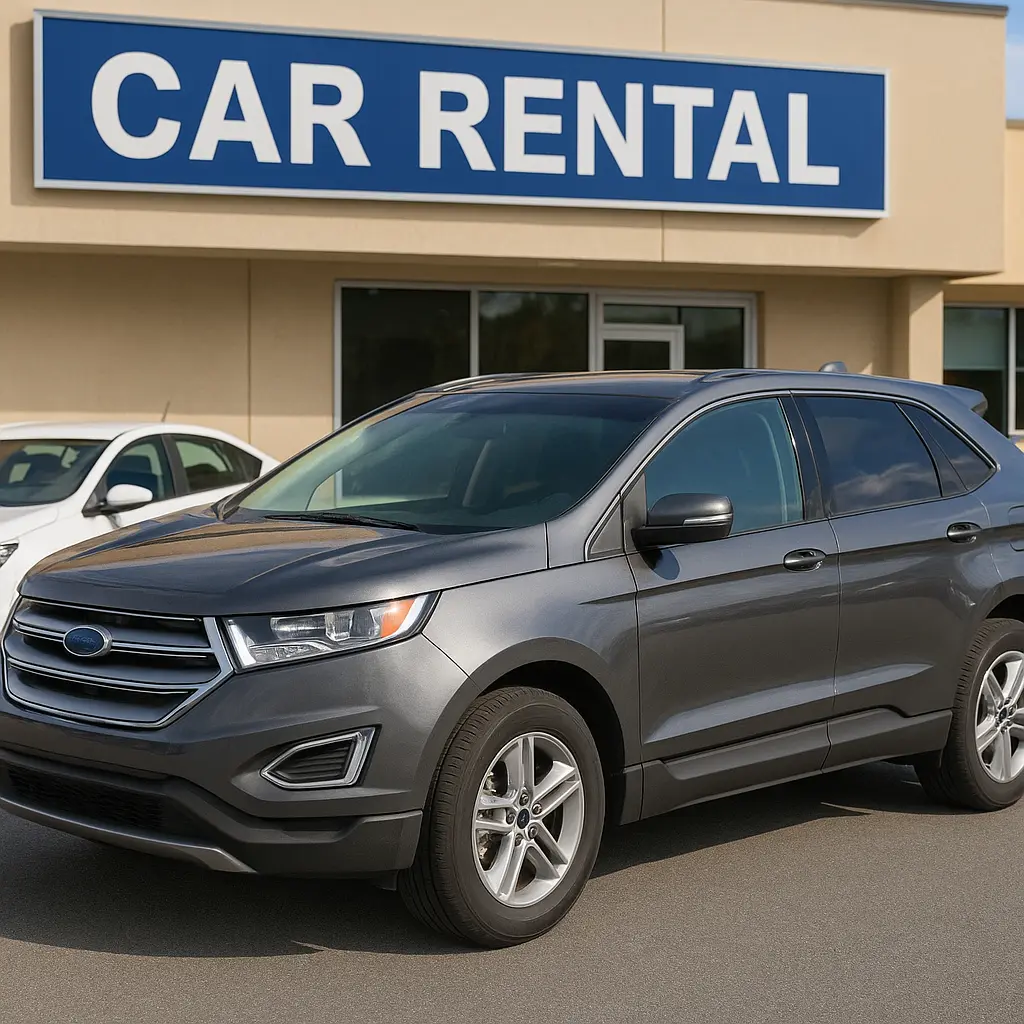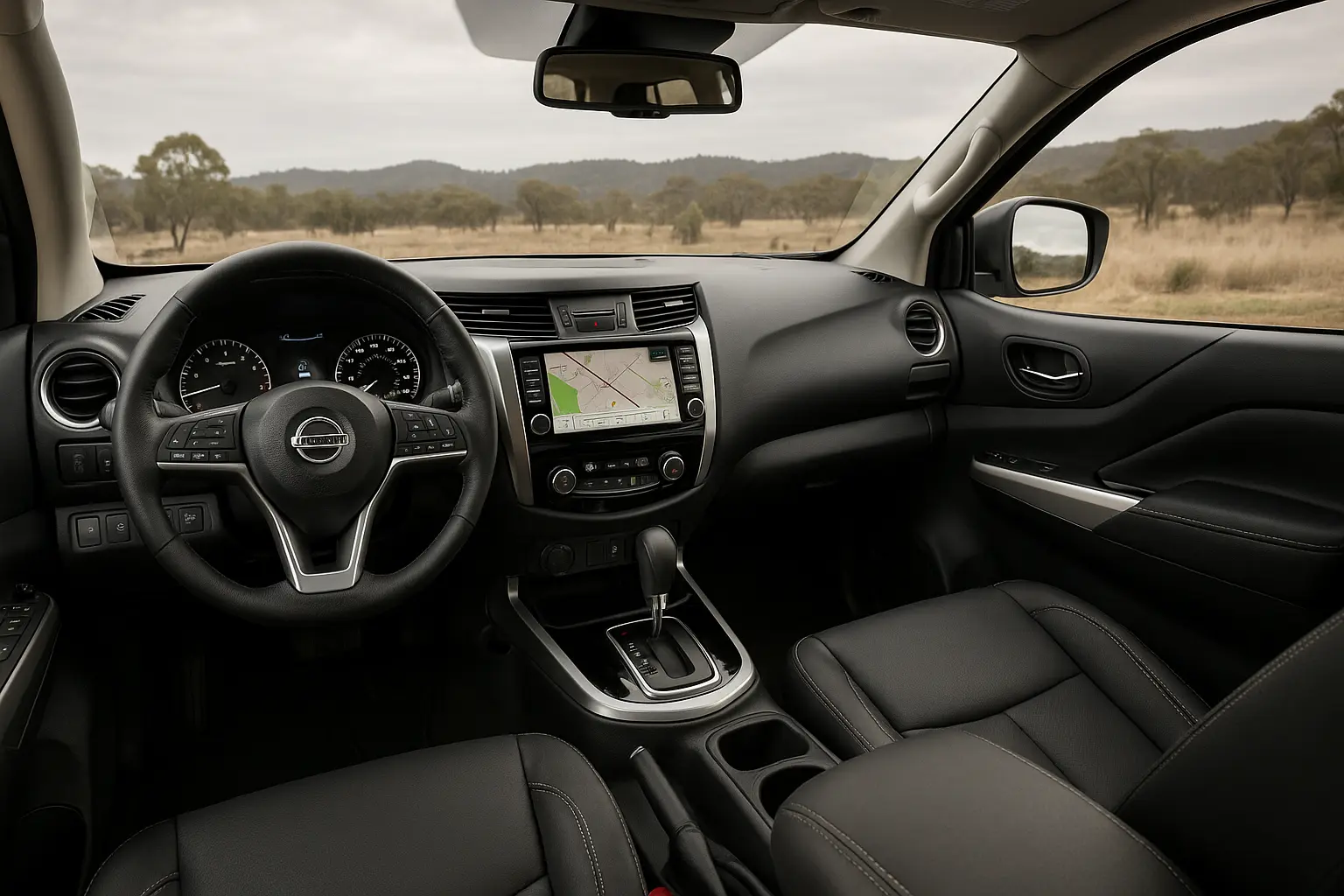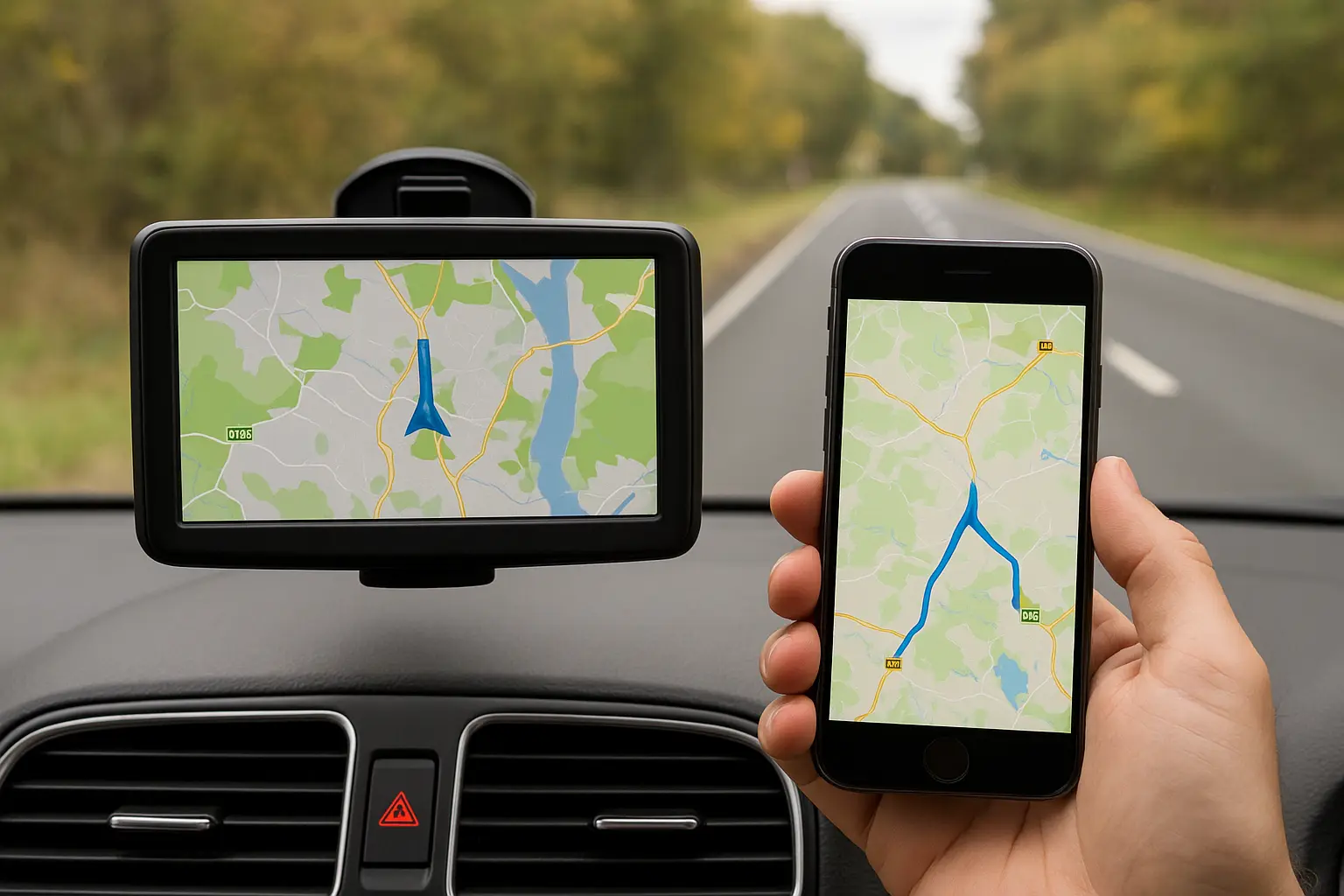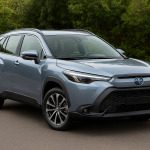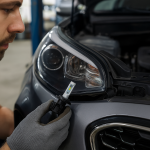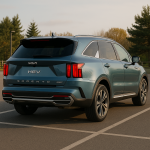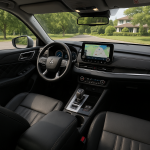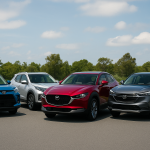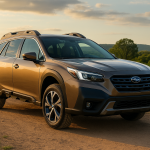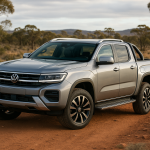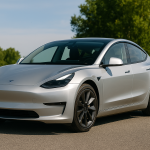Australia is one of the best countries in the world to explore by road. From the Great Ocean Road in Victoria to the outback highways of the Northern Territory, renting a car can give you the flexibility and freedom that public transport simply cannot. But as many locals and international visitors quickly discover, car rental in Australia isn’t always straightforward.
Hidden fees, confusing insurance policies, extra charges for drivers under 25, and steep one-way drop-off costs can quickly turn what seemed like a bargain into a budget-busting mistake.
This guide brings together everything you need to know before hiring a car in Australia. Whether you’re a backpacker looking for the cheapest rental, a family needing a spacious SUV, or a business traveller who just wants a hassle-free experience, these car rental tips will help you save money, avoid pitfalls, and drive away with confidence.
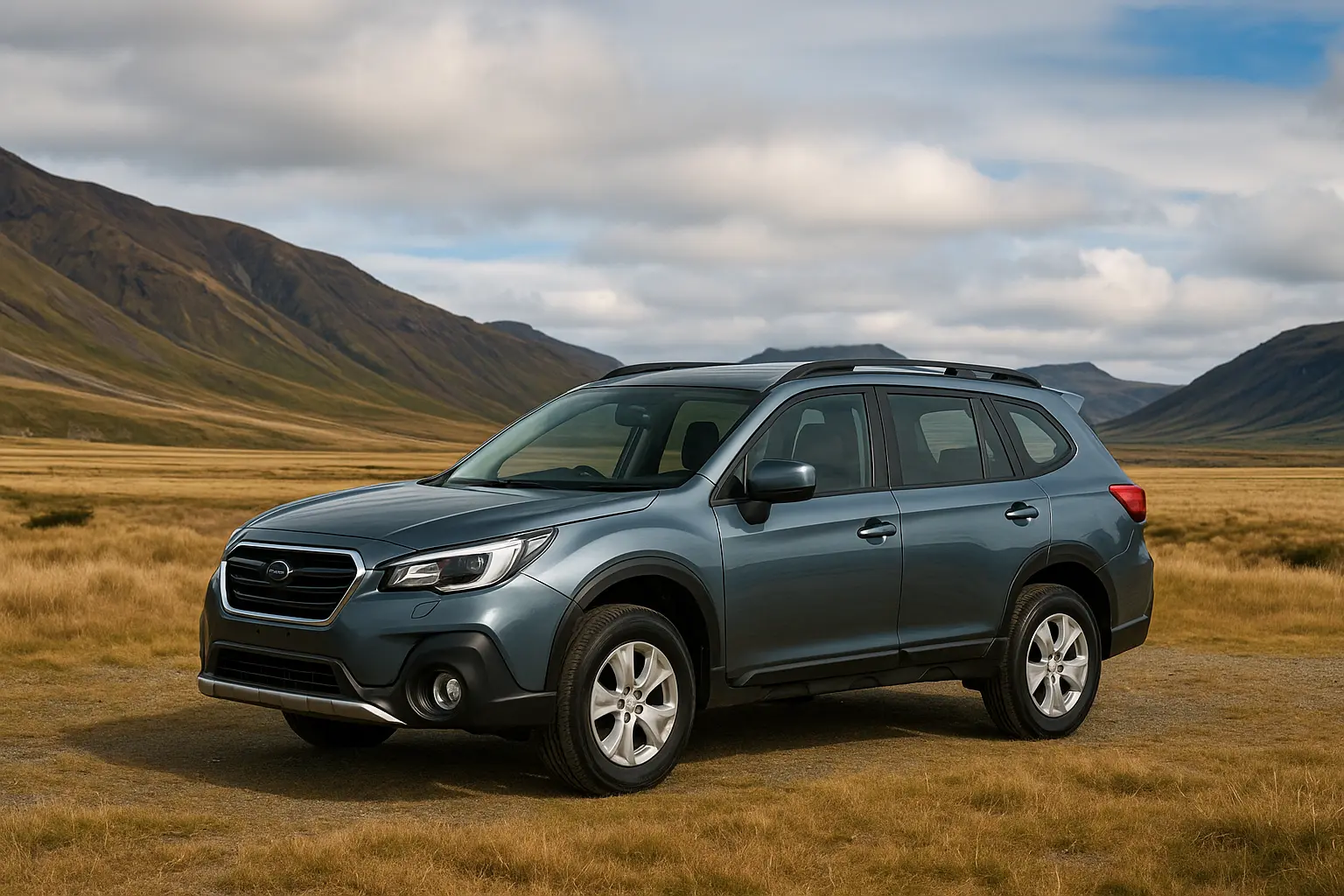
Understanding the Australian Car Rental Market
Car rental companies in Australia range from global giants like Hertz, Avis, and Budget to local players such as East Coast Car Rentals or Apex. You’ll find rental desks at major airports, city centres, and regional hubs.
Pricing fluctuates heavily depending on:
- Seasonality – Summer (December–February) and school holidays can double or triple prices.
- Location – Renting at airports usually comes with a premium compared to city branches.
- Vehicle type – Compact cars are cheapest; SUVs, 4x4s, and luxury vehicles carry steep daily rates.
- Duration – Longer rentals often reduce the per-day cost, but beware of hidden extras.
Booking Hacks to Save on Car Rentals
Book Early, Especially in Peak Season
Australia’s peak tourism periods – Christmas, Easter, and school holidays – see car hire prices skyrocket. Booking 3–6 months in advance almost always guarantees a better deal.
Compare Across Multiple Platforms
Don’t rely on just one website. Use comparison sites like Rentalcars.com or Kayak, but also check directly with rental companies. Some offer member discounts or price-match guarantees.
Avoid Airport Pickups (When Possible)
Airport locations are convenient but attract extra fees. Picking up from a nearby city branch can save 10–20%.
Look for Unlimited Kilometres
Many rentals in metro areas include unlimited kilometres, but rural rentals may have strict daily limits with steep excess fees. Always confirm before booking.
Hidden Fees You Must Watch Out For
Rental companies make big money from extra charges. Here are the common ones to avoid:
- Under 25 Surcharge – Young drivers often face extra fees, sometimes $20–40 per day.
- Additional Driver Fees – Adding a second driver isn’t always free. Check if your deal includes it.
- One-Way Drop Fees – Returning the car in a different city can cost hundreds of dollars.
- Late Return Charges – Even an hour late can result in a full extra day’s charge.
- Airport Concession Fees – A hidden surcharge for the convenience of picking up at the airport.
- Cleaning Fees – Excess dirt, sand, or pet hair can trigger cleaning charges.
Insurance: Do You Really Need It?
Insurance is where rental companies make serious profits. Here’s how it works:
- Standard Insurance is usually included but comes with a high excess ($3,000–$6,000).
- Collision Damage Waiver (CDW) reduces that excess but adds $20–$40 per day.
- Travel Insurance or Credit Card Coverage may already protect you. Check before paying extra.
- Third-Party Coverage – Always confirm that liability insurance for injury or damage to others is included (it usually is in Australia).
Smart Tip:
Instead of buying insurance at the counter, consider third-party car rental insurance. It can slash costs dramatically.
Choosing the Right Car for Australian Roads
Australia’s roads vary from smooth city freeways to rugged outback dirt tracks. Choosing the right car is essential:
- Compact Cars – Ideal for cities and short trips, fuel-efficient and cheap.
- SUVs – Great for families, long drives, and regional areas. Offer comfort and extra luggage space.
- 4x4s – Essential for outback or off-road adventures. Some rentals restrict unsealed road usage, so check terms.
- Luxury Cars – Available in major cities for business travellers or special occasions.
Fuel Policies Explained
Fuel policies can be confusing and costly if misunderstood.
- Full-to-Full – You get the car with a full tank and must return it full. Always best value.
- Prepaid Fuel – Convenient but rarely worth it unless you’ll return the tank empty.
- Same-to-Same – Risky if you can’t match the level exactly, as companies often overcharge for refuelling.
Pro Tip:
Always fill up at a nearby service station before drop-off. Airport petrol stations are usually the most expensive.
Extras That Add Up Quickly
Rental desks love upselling extras. Here’s what you really need (or don’t need):
- GPS/Navigation – Skip it; use Google Maps or offline apps on your smartphone.
- Child Seats – Legally required in Australia but can be rented cheaply from baby equipment hire services instead of the rental company.
- Wi-Fi Hotspots – Expensive add-on; use your mobile data or a local SIM card.
- Toll Passes – Worth considering in Sydney, Melbourne, and Brisbane where tolls are common. Otherwise, pay per toll online.
Driving Rules You Should Know
Even locals can be caught out by Australian road rules. Key things to remember:
- Drive on the Left – Same as the UK.
- Speed Limits – Strictly enforced with cameras. Common city limit: 50 km/h. Highways: 100–110 km/h.
- Drink Driving – 0.05% BAC limit; penalties are severe.
- Seatbelts – Mandatory for all passengers.
- Wildlife Hazards – Kangaroos, wombats, and camels are common risks, especially at dusk and dawn.
Tips for Long-Term Rentals
If you’re staying in Australia for weeks or months, consider these strategies:
- Negotiate Directly – Long-term rates aren’t always advertised. Call and negotiate.
- Consider Car Subscriptions – Services like Carbar or Carly offer flexible alternatives to traditional rentals.
- Check Mileage Caps – Some long-term rentals include unlimited km, others do not.
Saving Money with Alternatives to Traditional Car Hire
Car rentals aren’t the only option in Australia. Depending on your needs, alternatives might work better:
- Car-Sharing Apps – GoGet, Flexicar, and Car Next Door allow hourly rentals for city driving.
- Peer-to-Peer Rentals – Platforms like Turo connect you directly with car owners.
- Rideshare & Public Transport – For short urban trips, rideshare apps may be cheaper than renting.
How to Spot a Great Car Rental Deal
The cheapest rental isn’t always the best. A good deal balances price, convenience, and coverage. Look for:
- Reasonable base price
- Unlimited kilometres
- Full-to-full fuel policy
- Low or waived excess with affordable insurance
- Free additional driver included
Checklist Before Returning the Car
Before handing back your keys:
- Refuel the tank
- Remove all personal belongings
- Check for scratches, dents, or tyre damage
- Take timestamped photos as proof of condition
- Return on time to avoid late fees
Final Thoughts: Driving Away with Confidence
Renting a car in Australia can feel overwhelming with all the fees, conditions, and options. But with careful planning, you can avoid costly surprises and enjoy the freedom of exploring Australia on your own schedule.
By booking smart, understanding insurance, picking the right vehicle, and dodging unnecessary extras, you’ll not only save money but also ensure a stress-free journey. Whether it’s cruising the coastlines, tackling the outback, or exploring the cities, these car rental tips will help you drive away with the best possible deal.
Leave a comment
Your email address will not be published. Required fields are marked *


